Keep it a reasonable length
Clear, concise requests for proposals get better proposals than long, elaborate RFPs.
The length of a Request for Proposal will vary depending on the project. But in any case, government agencies should make sure the RFP is focused and well-organized.
No one wants to read a novel-length RFP. It should include the information vendors will need most, without going into a level of detail that might overwhelm the vendors.
Ask to see the product (screenshots or demo videos)
A product may sound great on paper, but government agencies need to make sure it’s going to work for them in practice.
For a piece of software, this may mean asking for screenshots of the interface. For physical products, it may mean videos of someone using the product for the agency’s intended purpose.
As the agency moves further down the process, leaders should ask for a live demonstration. This will help them assess the product’s ability to solve the particular problem they’re looking to address.
Stick to a firm deadline
One of the common criticisms of the Request for Proposal process is that it can drag out the process of getting a project started.
The main way to avoid this is for government agencies to set firm deadlines. This applies to both external deadlines for vendors to submit proposals and internal deadlines for the agency to narrow down and choose a vendor.
The government agency should only start the RFP process when it is ready to proceed. This way, they can avoid moving the deadlines around unless it’s absolutely critical.

Get clear implementation timelines
One of the benefits of the RFP process is that it allows local government agencies to compare potential timelines for a project.
Clear timelines set healthy expectations on both sides and ensure that a project or product can be implemented in a reasonable amount of time.
Software, in particular, can come with lengthy timelines and empty promises about how quickly it will be ready to use.
A Request for Proposal should ask for a specific timeline for implementation. It should also ask for example timelines from how long implementation took on previous projects.
The fastest solution is not always the best. But having a timeline will allow government agencies to accurately weigh the benefits and drawbacks of each possible vendor.
Ask for recent reviews or customer references
An RFP gives vendors a chance to talk up all the features of their product or service. But the government agency needs to know whether a vendor is a good fit for their particular project.
To that end, the RFP should ask for user reviews or recommendations. Product users can explain the pros and cons of a product and what it’s actually like to work with the vendor.
They can share the value they have received from the product, any issues they’ve had, and how well the vendor communicates with them.


